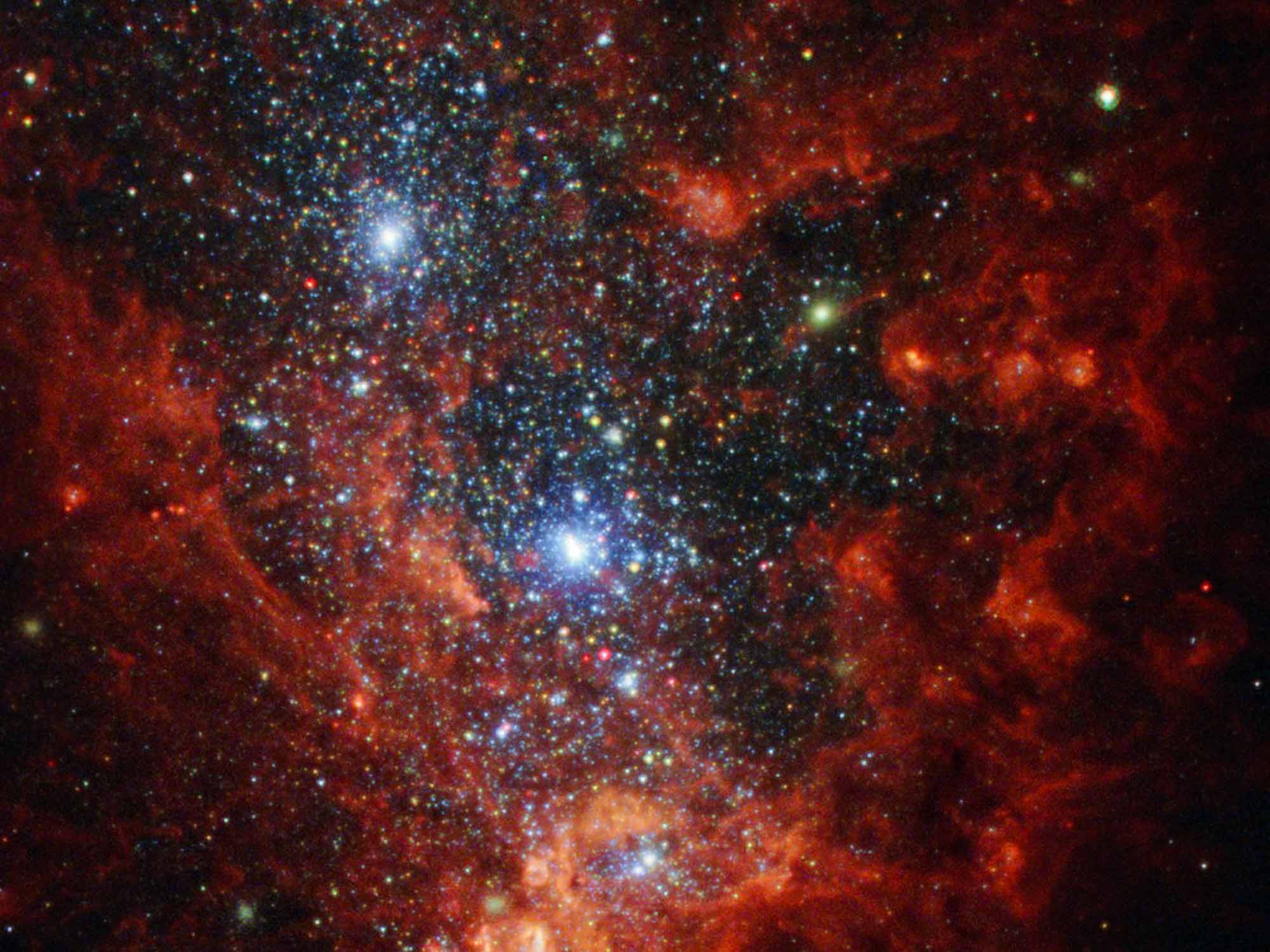It’s the latest in a series of recent events that suggest science fiction has become reality. Researchers in California at the National Ignition Facility have reportedly worked out how to generate clean ‹fusion energy› or ‹star power›.
In ten nanoseconds, a laboratory reactor reached temperatures many times those in the sun’s core and pressures 300 billion times greater than earth’s normal pressures, producing 3.15 megajoules of energy, 1.1 times more than was supplied. While this power is only enough to boil a few kettles of water for tea, the principle itself has been heralded as the dawn of a new age. «The beginning of the end of fossil fuels,» some said, as their fundamental significance has recently become abundantly clear. And without persistent radioactive waste or the danger of a meltdown like in Chernobyl.
While this is certainly a moment of intense light and great potential, fusion may not be the savior or panacea that many expect it to be, and it could take decades to develop for widespread commercial use if it happens at all. Our complex climate crisis will not be solved by taking greenhouse gases out of the equation. What we need is a new relationship with the earth, with other living beings, and with our future as human beings. Still, it is healthy to remember the ingenuity of the creative mind and the possibility of miracles. The opposite would be the mentality of the machine, the lifeless thinking that got us into this mess. And yes, perhaps one day ‹star power› will be an important part of an ecosystem that includes solar, wind, and hydro power.
Picture NGC 1569 is a starburst galaxy. It is home to these dazzling galaxy super star clusters, three of which can be seen in this image. Each of them contains more than a million stars. Photo: ESA/Hubble & NASA, Aloisi, Ford; Judy Schmidt
Translation Christian von Arnim









